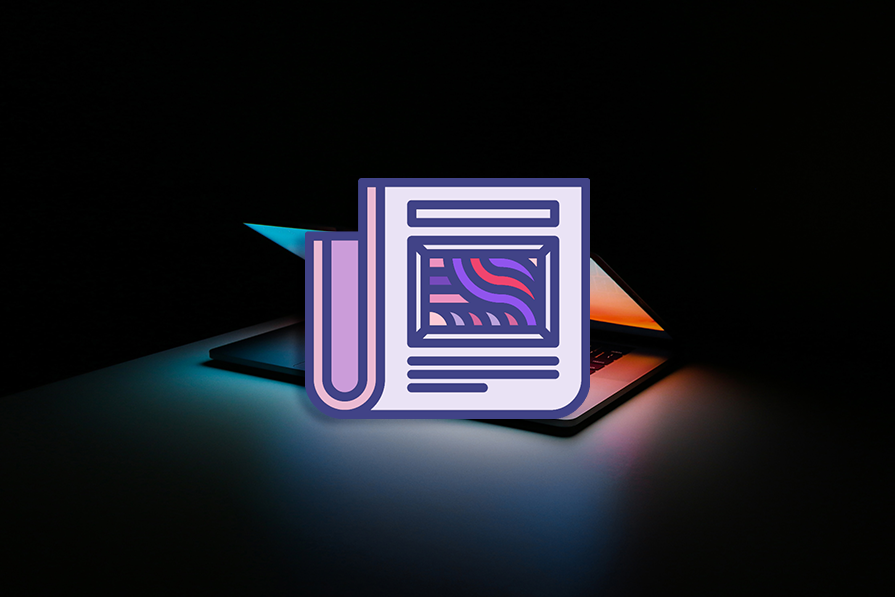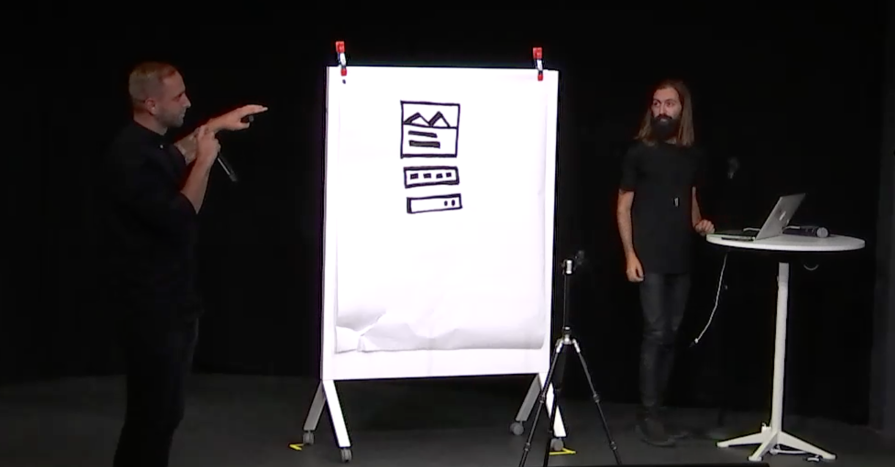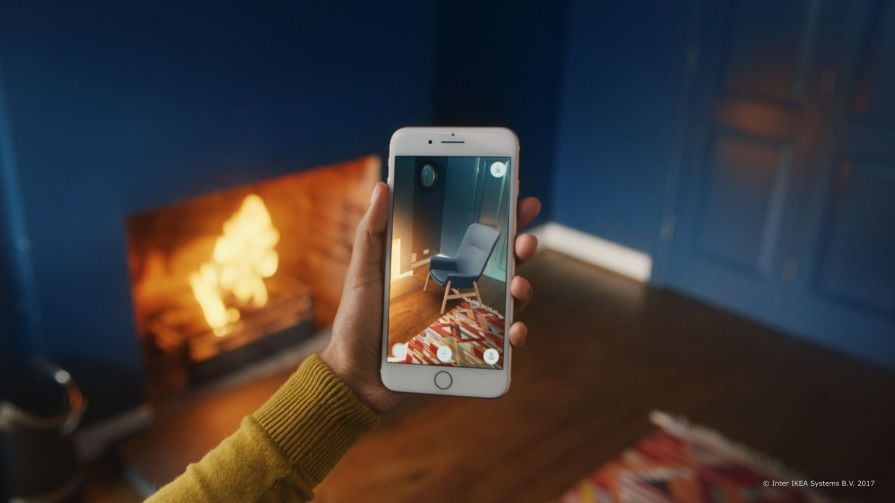In the world of product design, AI is revolutionizing the way professionals approach their work. AI-powered tools and technologies are enabling designers to streamline workflows, enhance collaboration, reduce costs, and unleash their creativity like never before.

However, while there’s plenty of theory around AI use cases, there’s not enough coverage about how these tools are actually being used in practice. That’s why I’ve pulled together some case studies and examples of companies using AI in design to improve their product design processes and achieve remarkable results.
These real-world examples showcase how forward-thinking companies and professionals are harnessing the power of AI to streamline and enhance their design processes, offering valuable insights for readers looking to incorporate AI into their own product design endeavors.
Before the AI revolution, most of a product designer’s daily tasks were executed manually. However, with the advent of AI, we can now use artificial intelligence to significantly reduce the time spent creating something from scratch or to find inspiration through recommendations. The key is that AI supports our work by providing guidance, allowing us to focus on more strategic topics and discover better solutions to the problems we need to solve.
All major software platforms have incorporated AI features in their beta versions, and we anticipate full rollouts in the coming months. Let’s explore different categories of AI use cases and examine how companies are using AI to power each stage of the design process.
It’s simple: designers need to solve problems through answers. After emphasizing and understanding the problem, we need to ideate possible solutions to test the best option later.
Generally, you’ll do ideation with your team, and this involves different design exercises such as “crazy 8’s” or “reverse brainstorming.” This requires a lot of time and people. It emphasizes getting everyone in the same place so you can whiteboard, which isn’t always possible with remote work. Or, it requires team support that you may not have.
Nowadays, we can add AI influence to help us with brainstorming. It’s not the same, but if you don’t have the time or resources, it will definitely help.
The most powerful resource in this category would be ChatGPT. Powered by OpenAI’s language model, it’s a versatile tool for idea generation. Designers can interact with ChatGPT by providing prompts and receiving creative responses. It serves as a conversational partner, offering inspiration and diverse perspectives during the ideation phase.
We’ve gotten plenty of ideas this year of how to use ChatGPT to ideate product design. But if you need inspiration, we have an article with some ChatGPT prompt ideas:
Hand-in-hand with ideation, we have a category for collaboration, a place where we can ideate but at the same time have and host other ceremonies such as a design critique, a team retrospective, or a complex UX flow map from a research shadowing.
Recently, Figma launched FigJam AI, still in beta and only available for FigJam, a collaborative whiteboard tool that incorporates AI to assist teams in brainstorming and ideation. It helps generate ideas and concepts, fostering collaboration among UX/UI designers or product teams:
It’s impressive so far with whiteboard templates the AI can generate in a matter of seconds. You can use it to create a template for a shadowing session, a whiteboard interview, or a design critique session of a new feature. We have an article detailing what FigJam AI is capable of if you want to make it a part of your team meetings.
There are a few types of software to help us do user research, one being Maze, a tool that uses AI to streamline user testing and gather valuable insights. It automates the creation of user tests, allowing designers to quickly test prototypes and receive actionable feedback, ultimately improving user experience.
For instance, Maze can rewrite your survey questions like it’s UX Grammarly:
Say your main task is to create low-fidelity prototypes or high-end wireframes ready for development. In the past, we used software like Photoshop or Illustrator. Nowadays, we have specific tools like Figma or Sketch that work perfectly to create frames for desktop and mobile.
One tool that’s been growing steadily these past few years and has included a few AI features in its core is Framer, a prototyping tool that incorporates AI to simplify interaction design. With smart components and automated transitions, Framer accelerates the prototyping process, enabling designers to create dynamic and interactive user interfaces:
Alongside Framer, a special mention goes to Uizard. Uizard employs machine learning to transform design concepts into refined, professional interfaces, offering a seamless and efficient design process. We have a guide on using Uizard’s autodesigner for wireframing:
Sometimes product designers partner with graphic designers or brand designers to create visuals and enhance the UI, but if you want to support yourself with some AI features, I can recommend a couple of resources to help your endeavors.
First, let’s introduce Adobe Firefly. Simply add text prompts to produce top-quality results, including stunning images, creative text effects, and vibrant color palettes. Firefly generates entirely new content inspired by reference images, allowing for a faster exploration of diverse possibilities:
You could also use Image Creator from Bing, which is a product that helps users generate AI images with DALLE 3. You just need to give the software a text prompt and the AI will generate a set of images matching that prompt:
Some teams have a content writer or UX writer, but in the case of not having this role, you can always get suggestions and help yourself by using an AI to spitball different options. AI can help nonnative English speakers improve the quality of their copies overall.
Again, we could recommend a couple of options that can cover the needs various team sizes. Writesonic is an AI-powered tool that assists designers in generating copy for UI elements and other design-related content. It uses NLP to create engaging text, saving time and ensuring clarity in communication:
On the other hand, Writer is another AI-driven content generation tool that helps designers create compelling and coherent copy for various design projects. It utilizes advanced language processing to produce high-quality and contextually relevant content:
Here, we’ll delve into mini-case studies that illuminate how forward-thinking companies and employees are leveraging AI to streamline and enhance their product design processes.

Airbnb has integrated AI into its design process to enhance prototyping. By leveraging AI-driven prototyping tools, Airbnb analyzes vast datasets of user behavior to anticipate design preferences.
Airbnb described their process like this:
We developed a working theory that if machine learning algorithms can classify a complex set of thousands of handwritten symbols — such as handwritten Chinese characters — with a high degree of accuracy, then we should be able to classify the 150 components within our system and teach a machine to recognize them.
The key takeaway here is the fusion of human creativity with machine intelligence, creating a synergy that amplifies the impact of design decisions. Airbnb’s use of AI in prototyping not only showcases the efficiency gains but also underscores the importance of data-driven insights in crafting products that resonate with users.
For product designers seeking to optimize their prototyping process, Airbnb’s approach emphasizes the fusion of human creativity with machine intelligence, showcasing the potential impact of AI in refining and enhancing user-centric designs. If we want to stay relevant in our careers, we’ll need to consider how AI and machine learning can help us do our jobs, too.
In the realm of digital products, Spotify has emerged as a pioneer in using AI for product design through predictive analytics: they recently released DJ. By employing sophisticated algorithms to analyze user data, including listening habits, preferences, and feedback, Spotify can predict future trends and user expectations.
How is this different from their Discover Weekly, you might ask? Spotify rolls in its predictive analytics of what the user might like with generative AI information about the song, its artist, and so on. The DJ switches up music genres every few songs or so and explains why:
Introducing DJ | Spotify
Introducing DJ – an entirely new way to play your Spotify, powered by AI. Now rolling out to Premium users in the US and Canada. Head to Spotify now to meet your DJ. #SpotifyDJ
Based on the video comments, the DJ is well received, and people want Spotify to develop it further. Personalization is essential in product design, so we designers had better think about how we can cater products to our audiences with AI.
IKEA has been using AI for years. Through the IKEA Place app, customers can visualize how furniture items will look in their homes before making a purchase. AI algorithms enable the app to accurately scale and position furniture within the user’s space, providing a realistic and immersive preview:

This innovative use of AI reduces the likelihood of returns, which are a pain with furniture purchases. Customers can make more informed decisions, confident that the chosen furniture pieces seamlessly integrate into their living spaces. IKEA’s implementation of AI in augmented reality sets a precedent for other industries looking to enhance the customer experience through immersive technologies. Target has since followed suit.
For those in the retail or product industries, IKEA’s use of AI in augmented reality showcases how technology can be harnessed to prevent financial loss and attract customers.
Integrating AI can be a pain at first, just like learning and implementing any new thing, but the integration of AI into design tools offers designers unprecedented capabilities, from ChatGPT aiding ideation to FigJam AI facilitating collaborative brainstorming.
These case studies highlight how companies leverage AI for data-driven prototyping, predictive analytics, and immersive augmented reality experiences. This symbiosis of human creativity and AI innovation propels the design field toward a future where possibilities are limitless, and user-centric experiences are continually elevated.
As AI continues to evolve, designers stand at the forefront, orchestrating its capabilities to refine products, predict trends, and shape the future of design. Hopefully, these examples have inspired some ideas of your own.
Header image source: IconScout
LogRocket's Galileo AI watches sessions and understands user feedback for you, automating the most time-intensive parts of your job and giving you more time to focus on great design.
See how design choices, interactions, and issues affect your users — get a demo of LogRocket today.

Small actions can have large consequences in complex systems. Here’s how UX designers can manage dependencies so users feel informed and in control rather than blocked or blindsided.

This article examines when hero sections are necessary in digital products, when they create friction, and how to evaluate them using UX goals, primary actions, user flow impact, and real-world alternatives.

AI speeds up tasks like research synthesis, ideation, and first-draft wireframes, but it can’t replace clarity, taste, or decision-making. Here’s a grounded look at what AI actually does well in UX right now.

Discover how to craft UX-friendly hero sections with examples, design tips, and strategies that drive engagement and conversion.